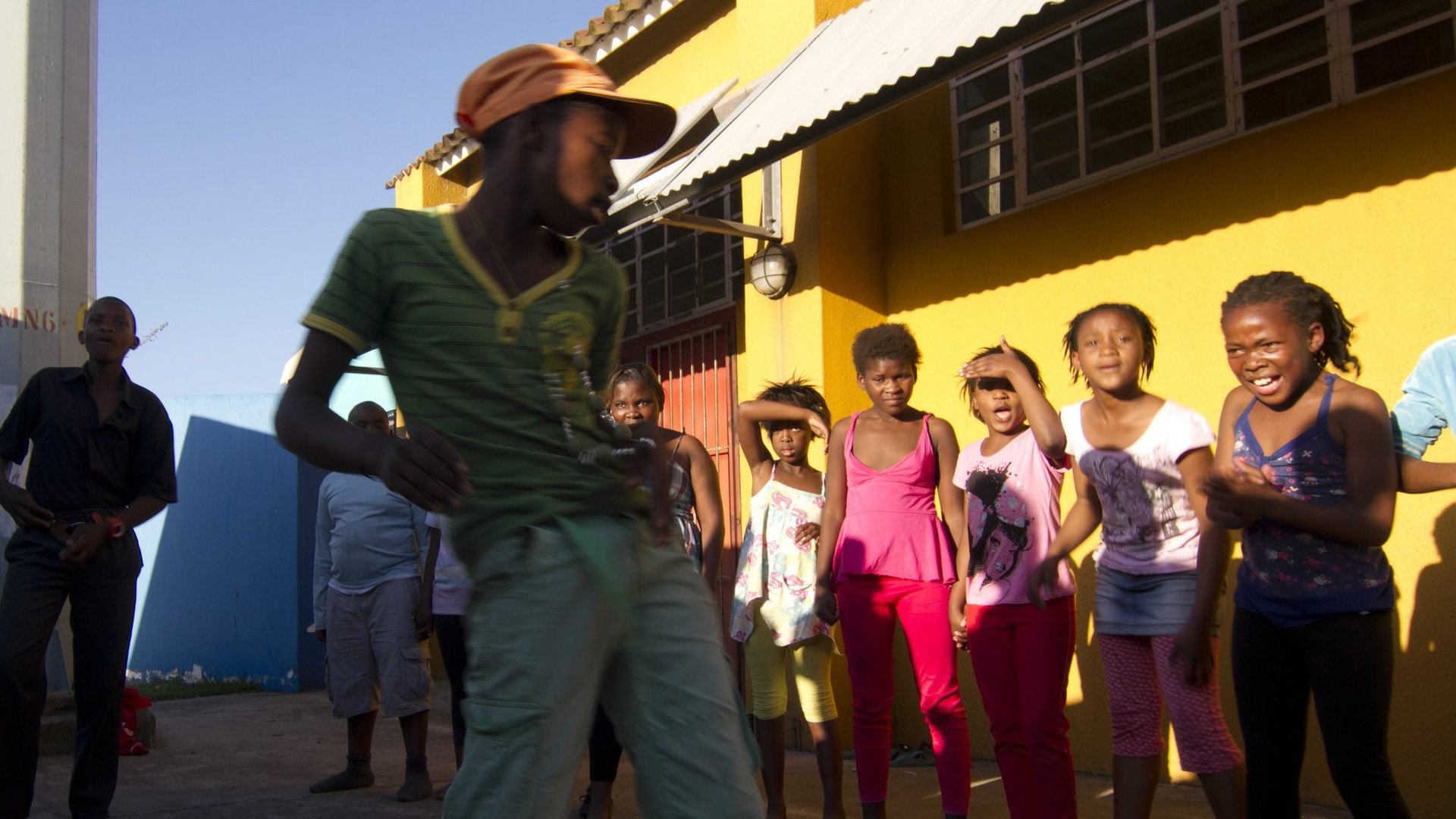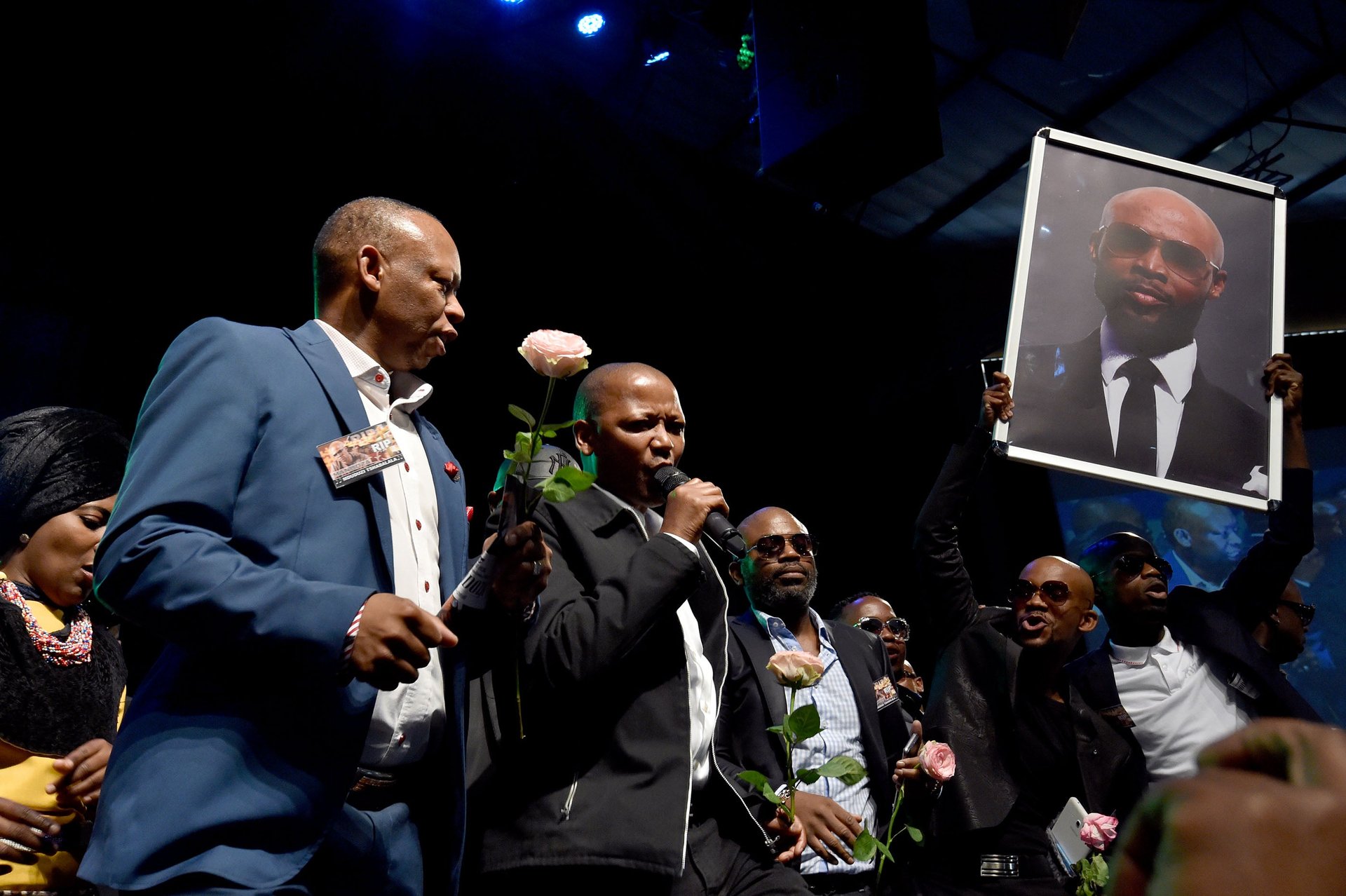The hero of the Kwaito pop sound that defied South Africa’s elitist cultural norms
Hlonipha i-life boy (Respect life boy)Hlonipha impilo boy (Respect life boy)Hlonipha bonke abantu (Respect all people)Ukuze iinsuka zande ezweni (So your days will be long on this land)(Lyrics from Mandoza’s “Respect Life”)


Hlonipha i-life boy (Respect life boy)Hlonipha impilo boy (Respect life boy)
Hlonipha bonke abantu (Respect all people)
Ukuze iinsuka zande ezweni (So your days will be long on this land)
(Lyrics from Mandoza’s “Respect Life”)
In the 1990s the South African music industry was taken aback by a new sound that drew from international house yet situated its attitude and forms of expression in the newly liberated black youth. Quickly rising in popularity, by the late 1990s kwaito had become the second highest selling music genre in South Africa.
Kwaito culture spawned a number of cultural industries including magazines, fashion, radio stations, websites and television shows. It also set the template for the contemporary youth cultures that currently dominate South Africa. The recent untimely passing of musician Mandoza is an opportunity to reflect on the legacy he left.
For many, kwaito became an emblem of freedom. But the rise of kwaito as a musical genre and the importance of Mandoza as a key figure in it were not uncontroversial in newly liberated South Africa. For some, kwaito represented all that was wrong with black South African youth with its supposed glamorization of violence, explicit sexuality and consumerist celebration. Anxieties about “lost” youth, combined with fundamental questions of violence, sexual appropriateness and economic mobility, converged to create divergent attitudes toward the rise of kwaito.
Through his music and persona, Mandoza performed a “tsotsi masculinity”. This legitimized and provided space for the black township thug (or tsotsi), a figure of post-apartheid trauma, to be understood as a complex fully human person. Through his music and performances he resisted elite narratives that position working class and poor black township men as irredeemable tsotsis, best managed by the criminal justice system.

In post-apartheid South Africa kwaito occupied a contested space because its lyrics and imagery appeared to glorify forms of toxic masculinity. Toxic masculinity can be defined as a set of societal norms that define and celebrate masculinity based on violence, sexual aggression, objectification of women and lack of emotion. Black township men had become the nightmare that the post-apartheid government needed to resolve.
Hence, the figure of the tsotsi was used as a way to criminalize and minimize genuine forms of cultural and political expression that were emerging from below. This could be characterized as a form of social exclusion designed to punish citizens who, through their misbehavior, threatened the post-apartheid social order.
Reformed tsotsi as capitalist success story
Although the tsotsi label was used to exclude, it also became a symbol of qualified inclusion. It represented a commodified authentic black masculinity that could be reformed and turned towards the needs of both capital and government.
Inclusion rested on notions of rehabilitation. This could be demonstrated through leaving a life of crime behind, getting a day job and becoming successful within the capitalist system through legal means. But a reformed tsotsi still had an air of authentic cool and sexy desirability. This air could be exploited and monetized in the context of kwaito’s rise.
Tsotsi masculinity (in its redeemed form) could thus also be presented as a symbol of capitalist consumer success. The poor, black man from the ghetto who reformed his life, had “made it” and possessed the consumer products to prove he belonged to the middle class.
This popular narrative of post-apartheid South Africa obscured the systemic forces that made such a rags-to-riches narrative unlikely in the first place. Yet, as a story it was an ideal marketing tool that served the ends of consumer capital by using it to sell products. It also served the needs of a government anxious to show the efficacy of its economic policy.
Lessons in respect, humanity and inclusion
Through his performances, both on stage and off, Mandoza rejected the inhumanity of the tsotsi as well as the notion that he needed to be completely rehabilitated.
He consistently reminded South Africans of the value of his tsotsi origins, and on inclusion in society as a tsotsi. He did this through a number of avenues. One was his insistence that he was “a family man”. This is often associated with middle class respectability. Mandoza argued that his financial success made him a family man. Yet he was also “tsotsi yaseZola” (a tsotsi from Zola). These two performances of masculinity are usually represented as incompatible.
His ability to sell his tsotsi masculinity – to convince people that he could be the source of possible danger even as he argued for his standing as South African middle class – was key to the success of his persona.
I think of “50/50” and “Respect Life” as two of the most important songs in his body of work. In “50/50” Mandoza samples Destiny’s Child mega-hit “Independent Women”. He makes a proto-feminist argument, in support of women’s independence and equality within heterosexual relationships.
In “Respect Life” Mandoza frames the song as lessons to his boys (both literal and figurative), about the importance of respect as a general rule in society. He lists respecting women, elders and respecting oneself as key to a long life. In this sense Mandoza engages the concept of ubuntu – the idea that we experience personhood because of other people – reworked to a kwaito beat with a haunting melody. In the song he asks that we respect the tsotsi and see him as a human being, not a figure to be redeemed or excluded on the basis of white supremacist notions of respectability.
Mandoza forced South Africans to reckon with the underbelly and to respect it, turning the tsotsi into a figure of respect, if not an entirely respectable figure. In that sense he made a strong argument to black communities about the uses and limits of the politics of respectability. Even if you were black, poor, from the township, and couldn’t speak English well you were still somebody to be respected.
Xavier Livermon, Assistant Professor of African and African Diaspora Studies, University of Texas at Austin
This article was originally published on The Conversation. Read the original article.
Photos via Flickr/Creative Commons by Meshugas and Elmond Jiyane, GCIS